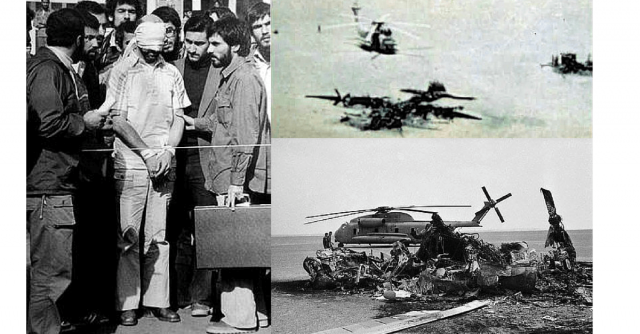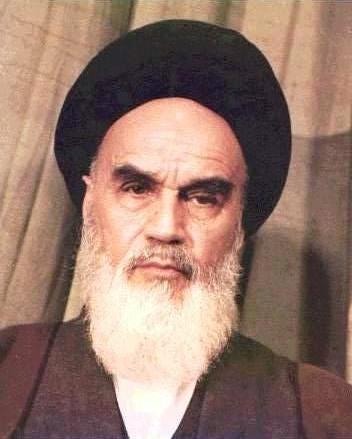Operation Eagle Claw is often described as one of the most embarrassing and worst planned missions that the United States has ever attempted. The mission ended up killing 8 US servicemen and destruction of property worth millions, not to mention embarrassing the Administration of President Jimmy Carter.
In the late 1970`s, an Islamic Fundamentalist known as Ayatollah Ruhollah Khomeini who was in exile at the time began a new wave of violent protests against the leadership of the Iranian government, which was under Mohammed Reza Shah Pahlavi.
He considered Shah as a Western puppet who danced to the rhythm of whatever his western allies wanted, disregarding the founding Islamic principles of the state. At the time, there were over 44,000 American citizens working in Iran, mostly in multi-national companies and the oil industry. Ayatollah Ruhollah Khomeini believed that the pro-American government which allowed Americans to control most of the companies in the country had corroded the principles of the Nation and also of Islam.
A new revolution started in Iran, against the government of Shah and by the summer of 1978 the United States began an operation to start evacuating its citizens from Iran. Pressure mounted on the government of Shah and in January 16, 1979 he resigned from office and Ayatollah returned from exile and established an Islamic State.
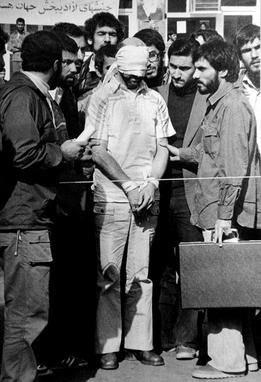
On February the same year, armed civilians made their way into the American Embassy taking 102 American hostages. However, an intervention by the Ayatollah regime ensured that the Embassy was reinstated back to American control, but not for long. By mid-1979 tension was high in Iran and the US decided to evacuate all its citizens, leaving only a few Embassy staff members.
Later on in the year Mohammed Reza Shah Pahlavi who was in exile was allowed to enter the United States to seek cancer treatment. The Ayatollah regime took this an insult and on Nov 4, 1979 the Iranians took over the American Embassy alongside the Iranian Foreign Embassy and took 66 hostages. Later on, 13 hostages were set free and thus 53 remained under the Iranians. The government of Jimmy Carter tried a number of diplomatic means to have them released, but none bore fruit and this is when they decided to pursue a military rescue operation.
Due to the risks involved, the mission required inclusion of personnel from all the service branches. The biggest hurdle was based on the fact that the rescue mission was to take place in an area where the United States had very few bases and limited resources on the ground. After 5 months of intense training and planning, President Jimmy Carter gave the green light and Operation Eagle Claw was ready to take off.
Resources and plan for Operation Eagle Claw
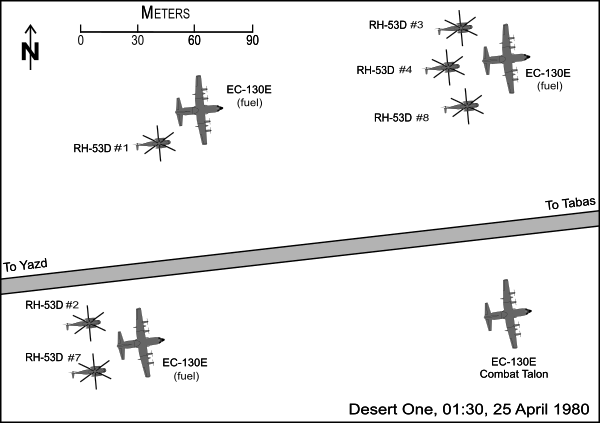
- 3 USAF MC-130 Hercules they would carry a 188-assault Force from Masirah Island to southeast Tehran an area which was given the code name `Desert One`.
- USAF EC-130s Hercules which were to serve as fuel transport
- 8 RH-53D Sea Stallion helicopters- the helicopters were supposed to fly to a location 65 miles from Tehran, where they would drop the assault team. The team would be picked the following night by agents who were familiar with the terrain and would drive them all the way to the American Embassy. The team would then free the hostages and congregate at the Embassy compound or a nearby stadium where they would be picked up by helicopters. The helicopters would take them to a place known as Manzariyeh, where USAF C-141`s would fly everyone out of the country and destroy all their other transport equipment on their way out.
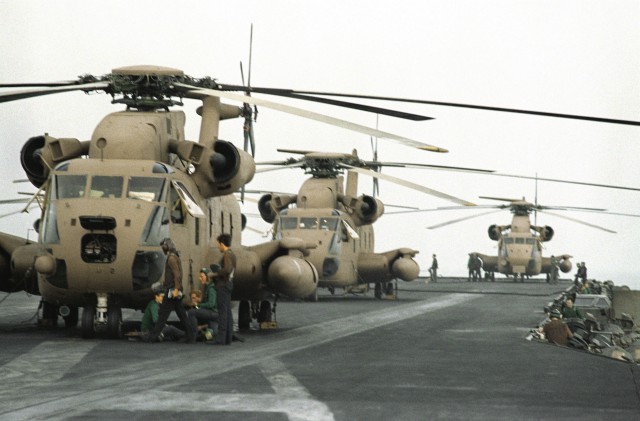
The mission required everything to work just it was planned, despite numerous discrepancies and improper training. The RH-53D pilots were not fully prepared for the desert conditions and the mission was ambitious and still very unrealistic. As a matter of fact, it was only good on paper because the different forces involved did not have adequate time to train and synchronize everything about the mission, to ensure that in case something failed there was a plan B. In a nutshell, they were not fully ready for surprises.
Operation Eagle Claw commenced on April 24, 1980 and the first MC-130 Hercules started the journey to Desert One. Its mission was to land first so that it could establish the airstrips and ensure safe landing for the other planes. The first hurdle appeared when a passenger bus which was passing through the highway near the landing zone had to be stopped and detained. Soon after, a fuel truck which they suspected to be smuggling fuel was spotted approaching the highway near the landing area. They signaled it to stop and when the driver refused to take the order, a light anti-tank weapon was launched, setting the truck on fire.
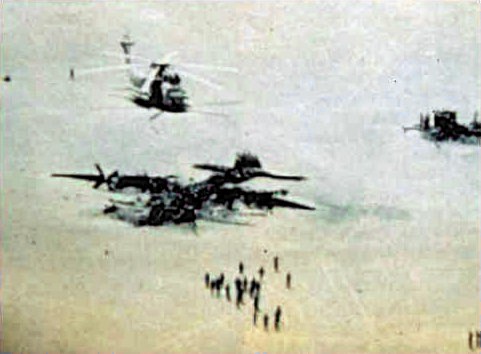
The other MC-130`s arrived safely, but the plan started to fall apart when the RH-53D helicopters started experiencing technical difficulties while on their way to Desert One . Two RH-53D`s had to abort the mission on the way, and one managed to reach Desert One but it had a hydraulic problem which could not repaired.
Only 5 helicopters arrived at Desert one, that were still operational. During planning it was decided that the mission would be aborted if fewer than six helicopters remained, despite only four being absolutely necessary. In a move that is still discussed in military circles, the commanders asked President Carter for permission to abort and Carter granted the request.
Up until then, there had been no casualties on the mission but disaster struck when on departure one of the RH-53D`s rotor blades hit an EC-130 which was full of jet fuel and both exploded claiming 8 lives. This was a very sad ending of the Operation Eagle Claw and it haunted the Administration of President Jimmy Carter even after his presidency.
Five RH-53 aircraft were left behind mostly intact, some damaged by shrapnel., two now serve with the Islamic Republic of Iran Navy. EC-130E Republic 5 which returned successfully, was retired by the USAF in June 2013 and is now on display at the Carolinas Aviation Museum.
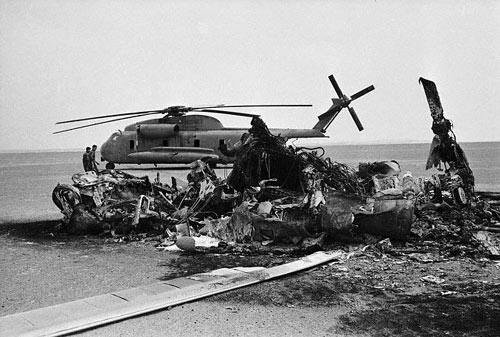
The United States learnt hard lessons from Operation Eagle Claw, and to avoid a repeat of the same mistakes a Special Operations Command was formed. Additionally, the Air Force Special Operations Command was setup to ensure that future missions and operations would be adequately planned and coordinated.
The US Embassy hostages in Iran would later be released when Ronald Reagan took office, in January 20, 1981.

